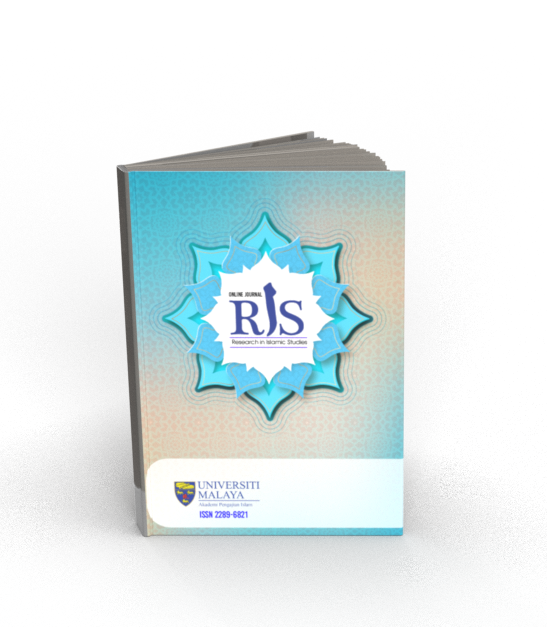Main Article Content
Abstract
The determinant of direction of the Kaaba or Qibla is important to Muslim as it is an obligation for Muslim prayer. A study shows a degree of azimuth displacement will result to a 138.3 km difference, meaning the direction is facing 138.3 km away from Kaaba. Thus, to ensure that the direction is facing the Kaaba, the accuracy of the direction is essential. Therefore, this study aimed to discuss the method of determining the Qibla direction using Sun Shadow, that can determine the times of Sun shadow facing the Qibla direction for various location at various time. The method is published in the form of Microsoft Excel to demonstrate how the formulation is practiced. The method is tested on 5 locations, representing various direction from Mecca, and Equator of the earth, on solar Solstice and Equinox. The method is computed using Jean Meeus Astronomical Algorithm. The result show that the method capable of determining direction of the Qibla at any given location and times with the accuracy error of 30 arc second. The accuracy of the method is better phone compass which has average error of 20 minute. The method will help Muslim in authenticating their Qibla direction by using Sun shadow.
Keywords
Article Details
Copyright (c) 2022 Online Journal of Research in Islamic Studies

This work is licensed under a Creative Commons Attribution-NonCommercial-ShareAlike 4.0 International License.
Copyright Notice
By submitting manuscripts to the Online Journal of Research in Islamic Studies (RIS), authors agree to transfer copyright to the journal. However, authors may republish their work or grant others permission to republish it; in which case it should be accompanied by a proper acknowledgment that the work was originally published in the Online Journal of Research in Islamic Studies (RIS). The journal adopt CC-BY-NC licence which authors may also share and distribute their article anywhere of non-commercial website, social media and repositories immediately on publication.
Authors may also reuse the Abstract and Citation information (e.g. Title, Author name, Publication dates) of their article anywhere at any time including social media such as Facebook, blogs and Twitter, providing that where possible a link is included back to the article on the journal site.
